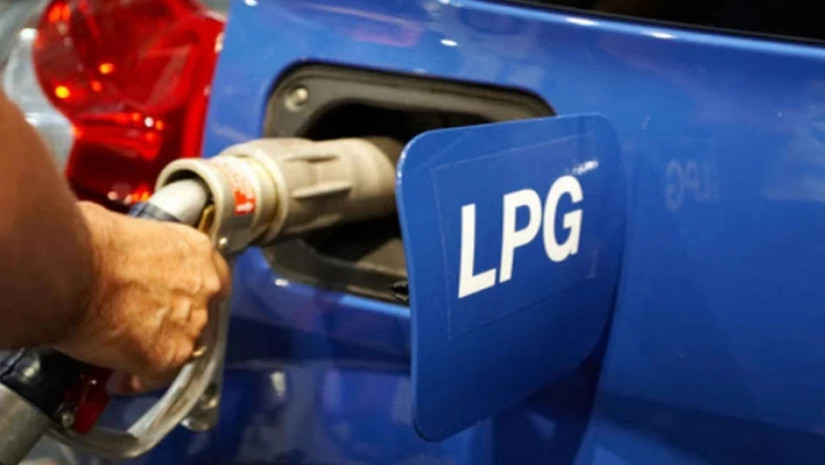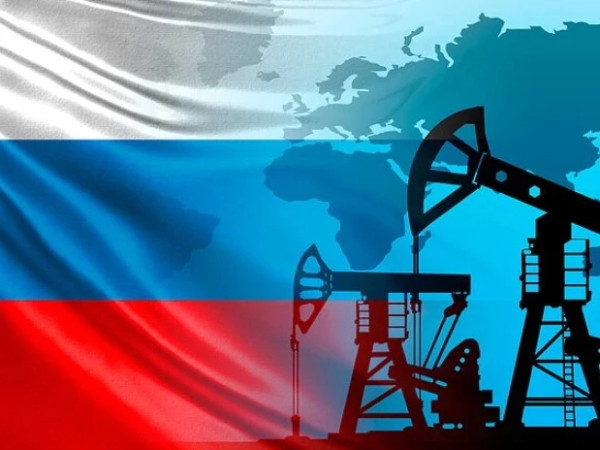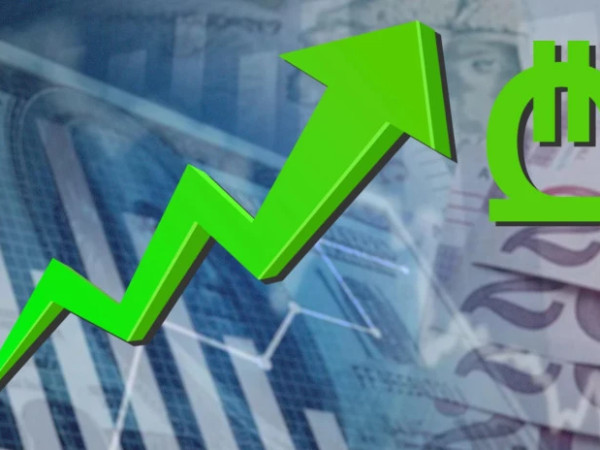"Autogas, the cost of which does not exceed 1.05 GEL, is sold in the retail network for 1.79 GEL", - economist Nika Shengelia writes on the social network.
According to Shengelia, the research proves signs of a new "cartel" in the liquid gas market.
"In our research regarding the price hikes of liquefied gas, we emphasized that the price increase is driven by several factors, which we began to gradually study.
One of the reasons was the delay of gas carriers in Natakhtari and Lars TIR parks for 2-3 days, which was responded to by one large importer of liquefied gas and the chairman of the association, Nikoloz Khoperia, who said that the mentioned fact is not true.
Let's calculate how much one liter of gas fuel for car costs today and only then draw conclusions.
The pricing consists of the exchange price + transportation from Surgut to Vladikavkaz + base service in Vladikavkaz + transportation by gas carrier from Vladikavkaz to Tbilisi + excise duty + VAT.
Stock exchange prices on the site (ggnpsales.ru) are public and available to everyone, railway tariffs are also posted on the same site.
It takes 45 days for the wagons to arrive from the Surgut plant to Vladikavkaz, therefore the fuel sold in Georgia today was purchased at the stock exchange about 48-50 days ago. As of the July 10 stock exchange data, the price of liquefied gas was 20,900 Russian rubles. If we add the railway tariff of 14,317 rubles to 20,900 rubles, we get 35,217 rubles, add 1,000 rubles for Vladikavkaz base service and get 36,217 rubles, this is the cost of one ton in Vladikavkaz.
The gas is mainly transported by 20-ton tankers, so if you multiply 36,217 by 20 tons, you get 724,340 Russian rubles or GEL 24,144. The cost of transportation to Tbilisi is GEL 3,200, excise tax is GEL 6,000 that is GEL 33,344, to which VAT is added in the amount of GEL 6,000 and we get GEL 39,344 as the cost for 20 tons of fuel.
20 tons of gas at a temperature of 25 degrees requires a coefficient of 0.59 and we’ll get 37,807 liters of gas. If we divide the cost of 39,344 liters by 37,807 liters, we get the cost of one liter of GEL 1.04.
We made the first statement that the Lars customs office had contributed to the gas price hikes on July 21, and it was the artificial delay of the carriers that started the product shortages and the first wave of price increases.
Then, perhaps, Mr. Hoperia will explain why one liter of liquefied gas is sold in his network for 1.79 GEL, while at cost price one liter costs 1.04 GEL?
Now let's move to the next question - on social networks we often come across statements from dissatisfied users about why 60 liters of fuel are poured into a 50-liter tank for liquid gasoline.
It turns out that for every 10 liters of fuel used in the tank, fuel dispensers keep up to 2 liters of fuel for the gas station. Where does this incalculable amount of sold air go? Why can’t the difference of 0.75 GEL between the cost price and the selling price satisfy importers?
Why are the dispensers in a gas station and the fuel dispensers not controlled by the state agencies?
The study shows that the sloppy work of the Lars checkpoint, which delayed truckers for 8-10 days, gave rise to price hikes for liquefied gas and importers took advantage of this situation.
It is not difficult to guess in whose interests it is to raise the gas price before the elections. It is obvious that the current situation on the liquefied gas market is incompatible with the competitive environment, and it will be timely, if not too late, to involve the Competition Agency in this issue as there are signs of a new "cartel" formation - writes Nika Shengelia.


















